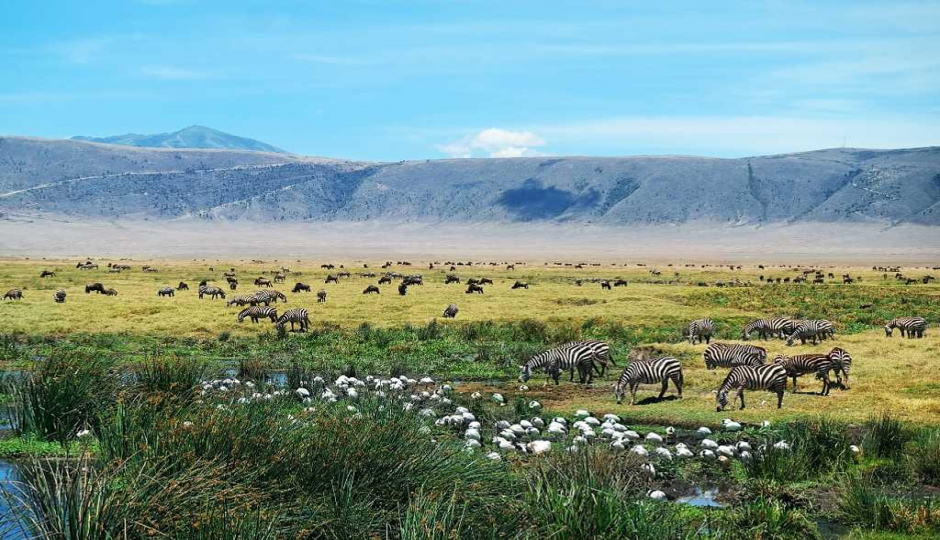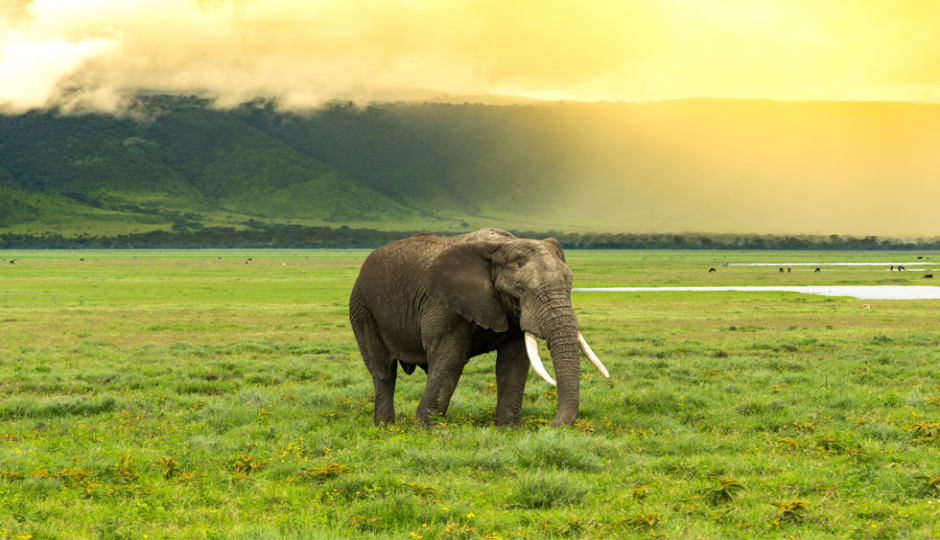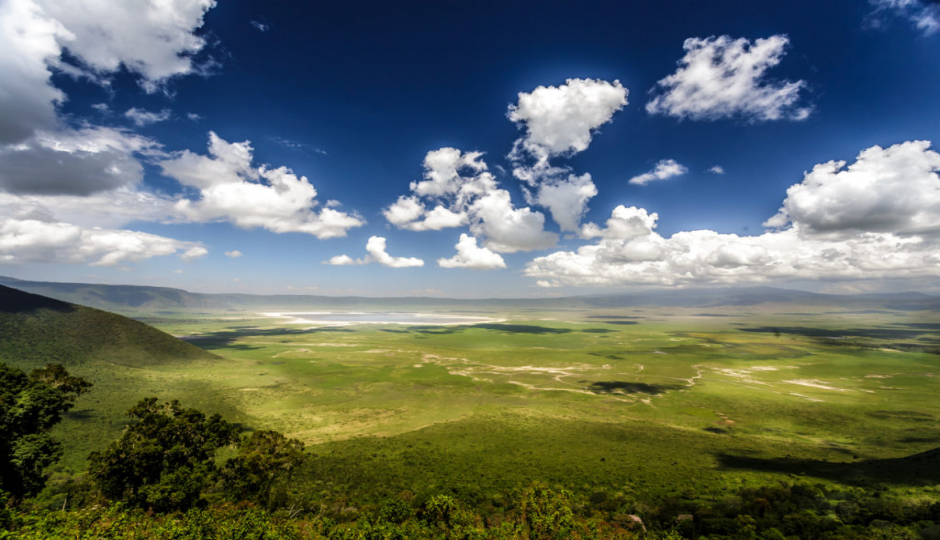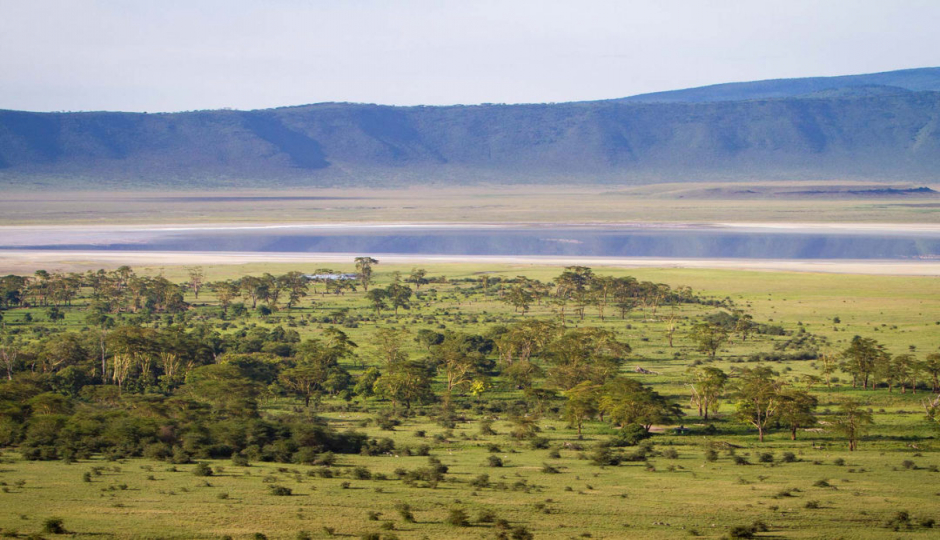







Hidden within the heart of Tanzania lies a natural wonder that seems like a page torn from a storybook - the Ngorongoro Crater. Often referred to as the "Garden of Eden," this breathtaking volcanic caldera offers a mesmerizing blend of unparalleled wildlife diversity, stunning landscapes, and rich cultural heritage. In this blog post, we will take you on a virtual journey through the wonders of Ngorongoro Crater, exploring its unique ecosystem, remarkable wildlife, and the efforts made to preserve this ecological treasure for generations to come.
A Geological Marvel: The Birth of Ngorongoro Crater
Ngorongoro Crater is the world's largest intact volcanic caldera, formed around 2.5 million years ago when a massive volcanic mountain collapsed upon itself, creating a vast basin-like depression. Today, the crater floor measures approximately 260 square kilometers, serving as a natural enclosure for an astonishing array of wildlife.
A Wildlife Paradise: Biodiversity in the Crater
Step foot onto the Ngorongoro Crater floor, and you'll be immediately struck by the sheer abundance of wildlife that calls this unique ecosystem home. It's no wonder this area has been designated as a UNESCO World Heritage Site and one of Africa's Seven Natural Wonders.
The crater is home to the "Big Five" - lions, elephants, leopards, buffalo, and the critically endangered black rhinoceros. Additionally, it hosts an array of other fascinating species, such as cheetahs, hyenas, wildebeests, zebras, hippos, and a diverse array of birdlife. The crater's enclosed nature makes it a sanctuary for these animals, ensuring a high density of wildlife in a relatively small area.
A Meeting of Cultures: Maasai People and Ngorongoro Conservation Area
The Maasai people have lived in harmony with wildlife in this region for centuries. Their unique culture and traditional lifestyle are intertwined with the land, and their presence adds to the rich tapestry of Ngorongoro's heritage. As semi-nomadic herders, the Maasai coexist with the wildlife, using sustainable grazing practices that maintain the delicate balance of the ecosystem.
Conservation Efforts: Protecting Ngorongoro's Treasures
Recognizing the ecological significance of Ngorongoro Crater, the Tanzanian government established the Ngorongoro Conservation Area (NCA) in 1959. The NCA serves as a model for wildlife conservation, sustainable tourism, and the preservation of the Maasai culture. The area is managed to maintain a delicate balance between wildlife conservation, tourism, and the needs of the Maasai community.
To protect the environment and minimize the impact of tourism, the number of vehicles allowed inside the crater is regulated, and visitors are encouraged to adhere to strict guidelines for responsible wildlife viewing.
Ngorongoro Crater stands as a testament to the magnificence and resilience of the natural world. Its captivating beauty, thriving wildlife, and harmonious coexistence with the Maasai people make it a unique and cherished destination for travelers and conservationists alike.
As we continue to explore and appreciate the wonders of Ngorongoro Crater, let us also embrace our responsibility to preserve and protect this ecological gem for future generations. By supporting sustainable tourism practices and conservation efforts, we can ensure that this Garden of Eden remains a thriving haven of biodiversity and cultural heritage for centuries to come. So, if you seek to witness the enchanting beauty of a world untouched by time, add Ngorongoro Crater to your bucket list, and let nature's wonders leave an indelible mark on your soul.






What is a Reasonable Tanzania Safari Itinerary?
How Do I Plan a Kilimanjaro Climb?
To book your adventure, simply send us an email detailing your desired experience—whether it's climbing Mount Kilimanjaro, going on a Tanzania safari, or enjoying the Zanzibar beach.
We'll promptly respond with all the information you need to finalize your plans. Plus, we offer the convenience of online payment to make the process even smoother.
View Packages